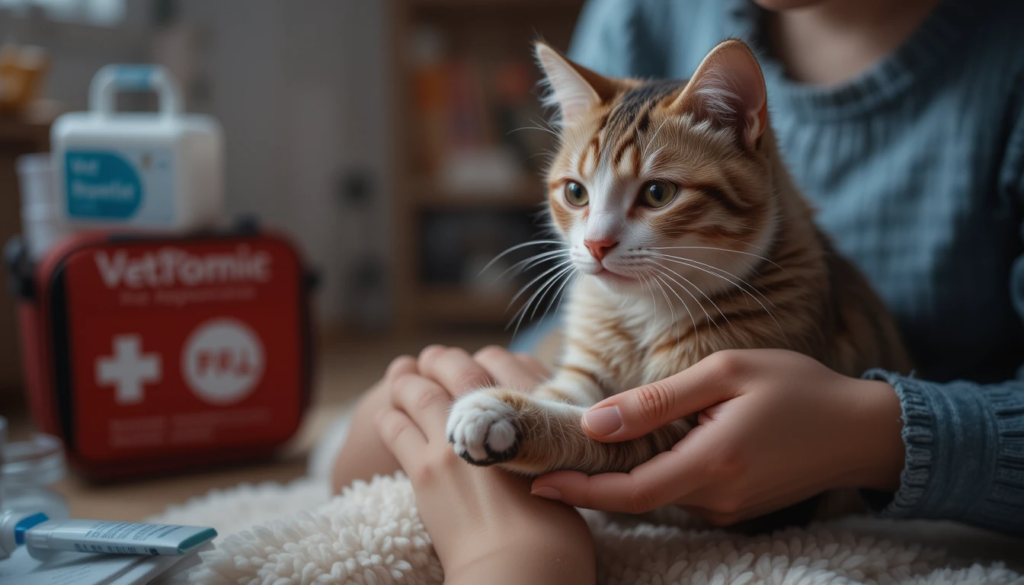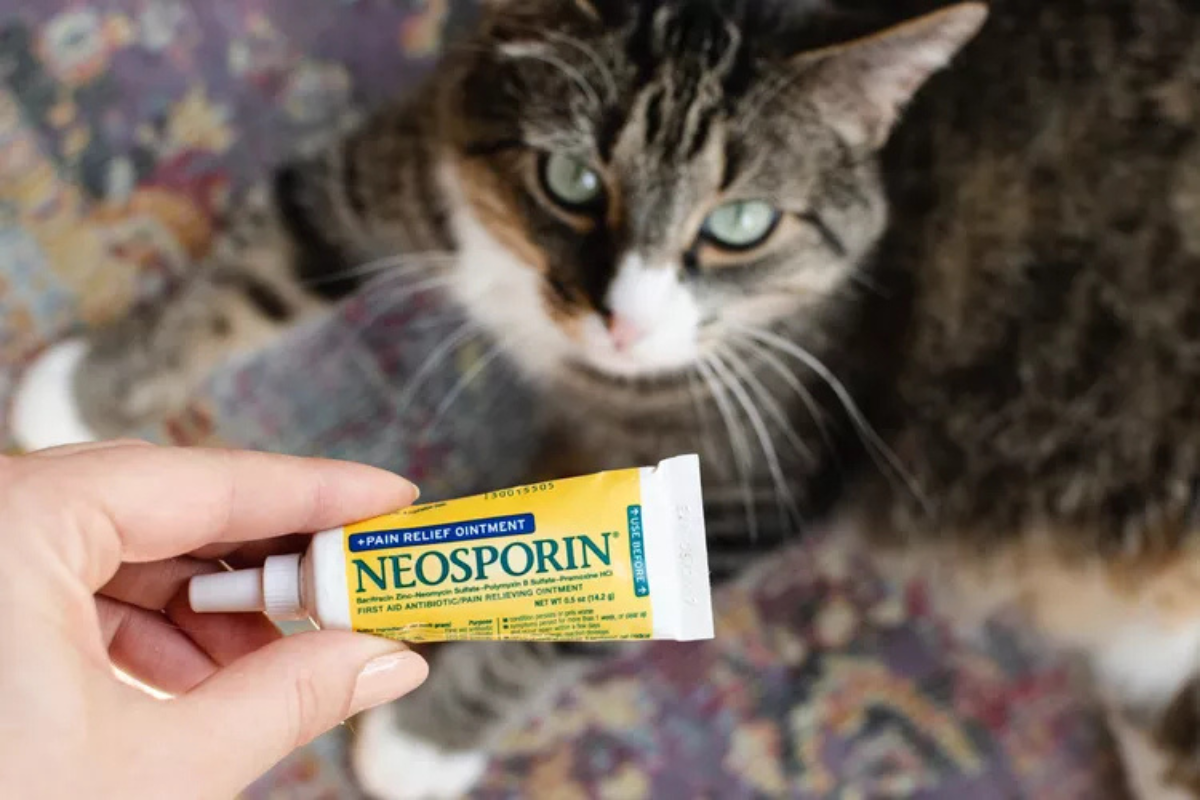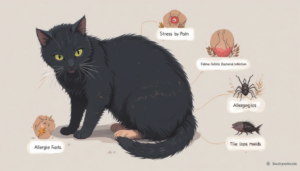Is Neosporin Safe for Cats? Here’s What You Should Know Before Using It
When your beloved cat gets a scrape or scratch, your first instinct might be to reach for the Neosporin. After all, it’s a household staple for treating minor cuts in humans. But is Neosporin safe for cats?
The short answer is no. While Neosporin may seem like a harmless solution, it can actually cause more harm than good for your feline companion. Let’s break down why this common ointment isn’t recommended and what you should use instead to treat your cat’s wounds safely.
What Is Neosporin?
Neosporin is a triple antibiotic ointment that contains neomycin, polymyxin B, and bacitracin. These ingredients are designed to prevent bacterial infections in minor wounds. Some versions of Neosporin also contain pramoxine, a pain reliever.
While these components are generally safe for human use, cats are far more sensitive. Even a small amount of Neosporin can cause allergic reactions, skin irritation, or worse—especially if your cat licks the area (which they almost always do).
Why Neosporin Can Be Dangerous for Cats

Cats are self-grooming animals, and applying anything to their skin comes with a high risk of ingestion. If your cat licks off Neosporin, they could experience:
- Vomiting or diarrhea
- Allergic reactions or swelling
- Breathing difficulties or anaphylactic shock in extreme cases
Even the “pain relief” version of Neosporin, which contains pramoxine, can be especially irritating to a cat’s sensitive skin.
Because of these risks, Neosporin is not considered safe for feline use and is listed as toxic by the Animal Poison Control Center.
What Can You Use Instead?
There’s no over-the-counter substitute for Neosporin when it comes to cats, but your veterinarian can prescribe ointments that are safe and specifically formulated for pets.
If your cat has a minor wound:
- Schedule a vet visit to rule out serious injury.
- Your vet may provide a cat-safe topical antibiotic or antiseptic to use at home.
Remember, what looks like a minor wound may have deeper complications, so always get a professional opinion.
At-Home First-Aid for Cats: What You Can Safely Do
If your cat has a small, non-bleeding wound, here are a few safe first steps you can take:
- Stop any bleeding: Use sterile gauze and apply gentle pressure.
- Clean the wound: Use a diluted povidone-iodine solution or saline to gently cleanse the area.
- Avoid ointments: Don’t apply Neosporin or any other human medication unless approved by your vet.
If the wound is deep, bleeding heavily, or looks like a puncture, take your cat to the vet or emergency clinic immediately.
Must-Have Items for Your Cat’s First Aid Kit
Creating a feline first aid kit is a smart move for every cat parent. Here’s what to include:
- Contact info for your vet and local emergency animal hospitals
- ASPCA Poison Control (1-888-426-4435)
- Sterile gauze and non-stick pads
- Saline solution and povidone-iodine
- Blunt-tip scissors
- A well-fitted e-collar to prevent licking
- Rectal “fever” thermometer and water-based lubricant
- Your cat’s medical records and microchip info
By keeping these items on hand, you can act quickly and confidently in an emergency—without putting your pet at unnecessary risk.
Final Thoughts: Trust the Experts
It’s natural to want to help your pet when they’re hurt. But using Neosporin on cats can lead to unexpected complications. Always consult your vet before applying anything to your cat’s skin. With the right tools and guidance, you can be prepared to care for your cat safely and responsibly—no Neosporin needed.
FAQs
Can you use Neosporin on cats?
No. Neosporin can cause allergic reactions and is toxic if ingested by cats.
What should I do if my cat licked Neosporin?
Contact your veterinarian or poison control immediately, especially if your cat shows signs of illness.
Is there a safe alternative to Neosporin for cats?
Yes, but it must be prescribed by your vet. Never use human products on cats without veterinary approval.
How do I remove Neosporin from my cat’s fur?
Use mild pet shampoo or baby shampoo and rinse gently. Monitor your cat afterward for any signs of irritation.
What’s the safest way to treat a minor wound on a cat?
Gently clean with saline or diluted povidone-iodine and contact your vet for further advice.




